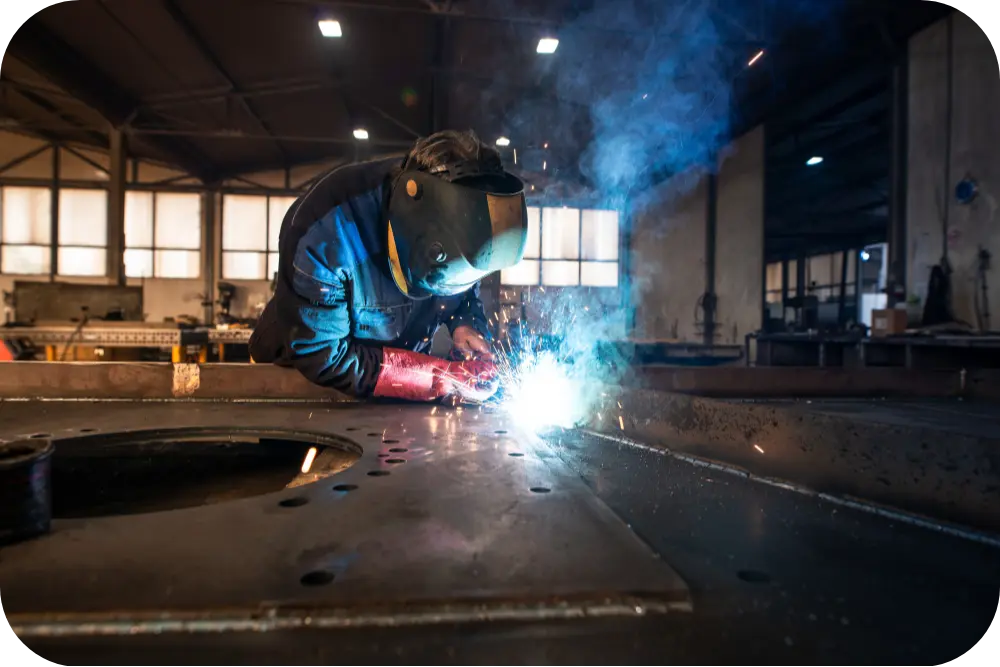When choosing a welding process for your project, understanding the difference between TIG (Tungsten Inert Gas) and MAG (Metal Active Gas) welding is essential. Each offers distinct advantages depending on the material, precision required, and work environment.
What is TIG Welding?
TIG welding (also known as GTAW) uses a non-consumable tungsten electrode and an inert shielding gas (usually argon). It is known for:
- Exceptional precision and clean welds
- No spatter or slag
- Excellent for thin metals and non-ferrous materials (e.g., aluminum, stainless steel)
TIG welding is often used in industries such as aerospace, piping systems, high-end fabrication, and situations requiring exact control and appearance.
What is MAG Welding?
MAG welding is a type of GMAW (Gas Metal Arc Welding) that uses active gases like CO₂ or mixed gases (e.g., argon + CO₂) as the shielding medium. It relies on a continuously fed consumable wire.
Benefits include:
- High deposition rates and productivity
- Ideal for structural steel, shipbuilding, and automotive chassis
- More tolerant to minor surface impurities
MAG is commonly used in heavy fabrication, construction, and manufacturing environments where speed and strength matter more than visual appearance.
TIG vs MAG Welding Comparison
Here's how the two methods compare based on key decision factors:
TIG Welding
- Electrode: Non-consumable tungsten
- Shielding Gas: Inert gas (argon)
- Weld Quality: Extremely clean and precise
- Ease of Use: Requires high skill level and steady hand
- Speed: Slower than MAG
- Ideal For: Stainless steel, aluminum, piping, high-spec joints
MAG Welding
- Electrode: Consumable wire
- Shielding Gas: Active gas (CO₂ or mixed gas)
- Weld Quality: Strong but with possible spatter
- Ease of Use: Easier to automate or use with moderate training
- Speed: Fast and efficient for large welds
- Ideal For: Construction, shipbuilding, general fabrication
Which One Should You Use?
Choose TIG when:
- Weld precision and aesthetics matter
- Working with thinner or exotic metals
- You're welding in a controlled environment
Choose MAG when:
- Speed and volume are more important
- You're welding thick sections of steel
- Working on outdoor or high-output fabrication jobs
Get Certified Welders from Navis International
At Navis International, we supply EU-certified TIG and MAG welders for marine, construction, and industrial applications.
Whether you need specialists for shipyards, structural steel, or pipeline work, we can deploy skilled professionals tailored to your requirements.
Reach out today to request vetted welding personnel for your next project.
